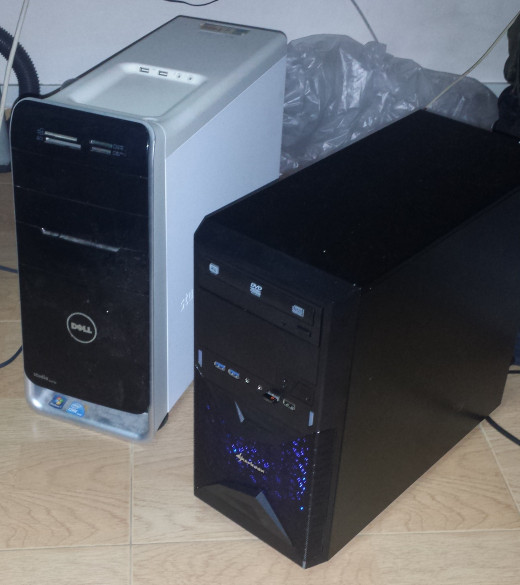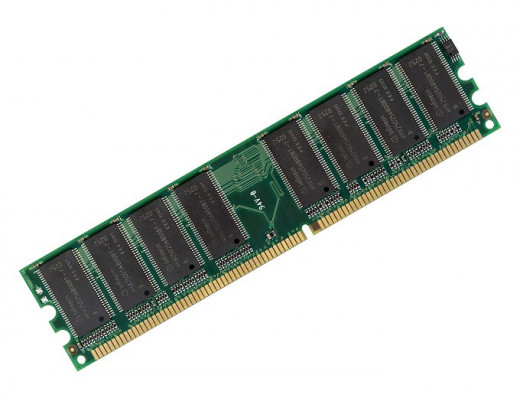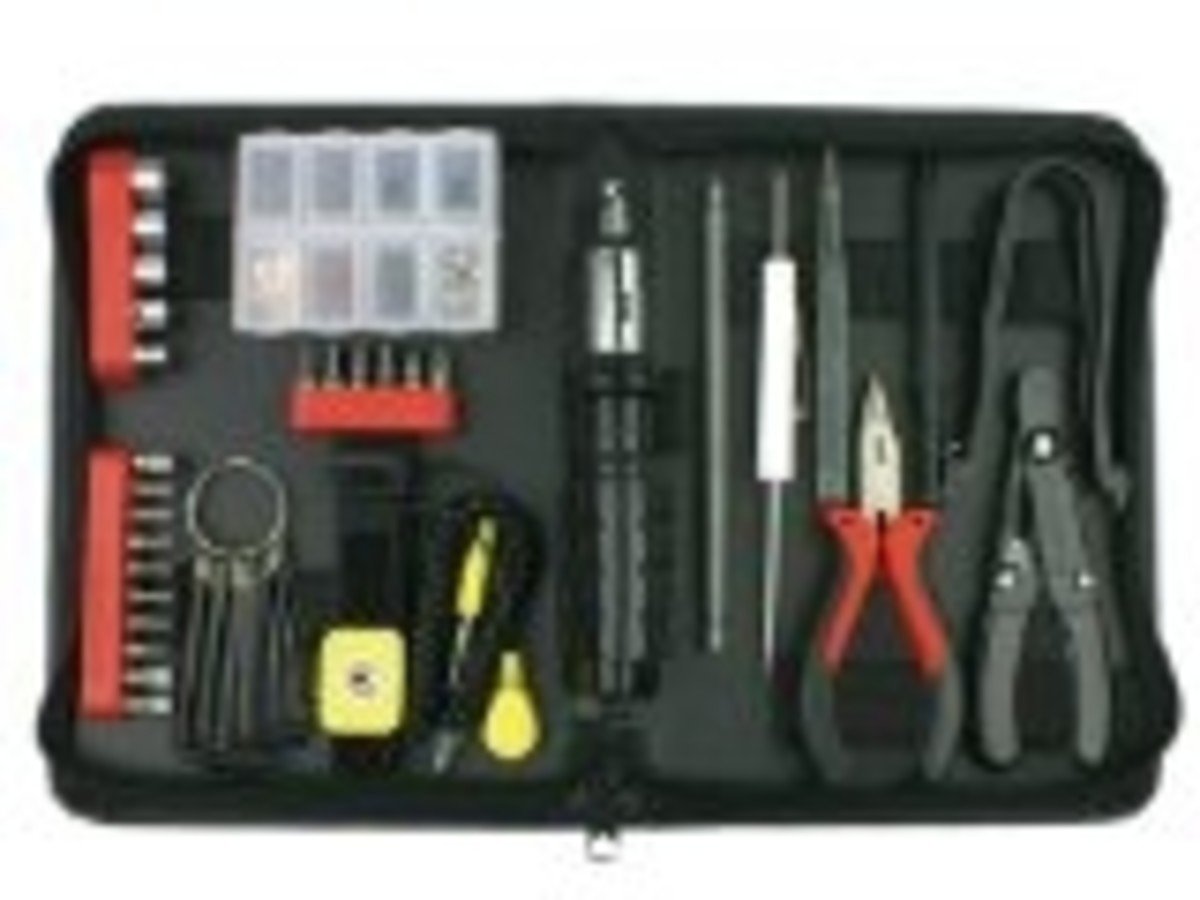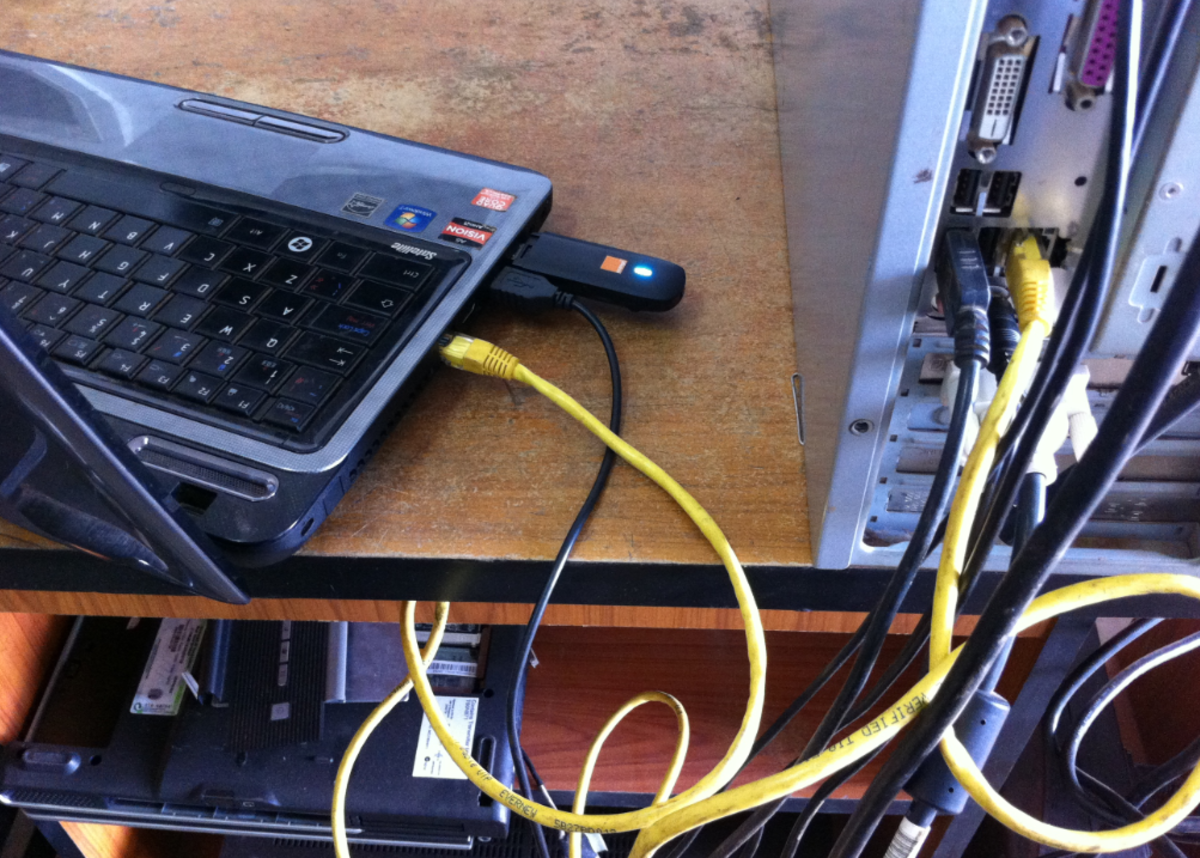- HubPages»
- Technology»
- Computers & Software»
- Computer How-Tos & Tutorials
Breathing new life into your old Dell computer

Introduction
I had a friend whose heart stopped beating, but his brain was very much alive. We then decided to get him a new heart, but the new heart was too big for his small body. In the end, we transplanted his brain and his other working organs into a new body.
Before you start wondering if I'm crazy, the 'friend' I'm referring to is an old Dell desktop tower. Its power supply unit (which, much akin to a heart, powers up everything within) had failed, and the replacement power supply I purchased did not fit into the original casing. So, I bought a cheap case from a local store and transplanted the working parts into it. With a few extra modifications (which I'll elaborate later), the four-year-old computer behaved like new again.
Unless your computer is really old (think Pentium 4 era), chances are that your computer has enough horsepower to handle today's applications. It's just that time has taken a toll on it, but with a few tweaks and modifications, you're likely to be able to turn back the clock somewhat!
But... my computer is spoiled!
Fret not. Chances are, only a portion of it is actually spoiled. If you have a laptop, perhaps there is little more you can do other than to take it to a specialised repair shop. However, desktops (even branded-name ones) often use industry-standard parts, so you could easily source for a replacement at your local computer shop, or even on eBay or Amazon.
The most common culprit for computer failures, as I realised over the years, is the power supply. If you heard a 'pop' sound, or even a burning smell, and the computer refuses to start up after that, you can probably attribute the spoiled component to be the power supply. The reason for the failure is because many manufacturers tend to put the bare minimum wattage in their power supplies to cut costs and improve margins. However, due to various factors (such as temperature, which often accelerates ageing), the power supply may be unable to even supply that number of watts, and in the worst-case scenario, it blows up. Occasionally, the power supply brings everything down with it, so you may want to take your chances here.
When buying a replacement power supply, never ever skimp on quality. Look up reviews to see if the replacement model in question meets your needs. In particular, take the measurements of your current power supply (basically the big, heavy, box-like thing where your power cable is connected to) and see if the replacement model is able to fit. If you're really unable to find a replacement, then perhaps you may want to get a new case and transplant your working parts to it, which is what I did. You probably want a power supply of at least 400W. Examples of reputable power supply manufacturers are FSP, Seasonic and Corsair.
Other culprits include the motherboard, CPU (very rarely!), RAM, hard disk and video card. If it's the first two, you may be better off getting a new computer instead unless you can find a (cheap) replacement part on the second-hand market. The good news is that you can probably salvage your hard disk and use it externally (with an appropriate 2.5" or 3.5" USB enclosure, as the case may be).
If your computer is an Intel i3/i5/i7 desktop, then failing RAM is not an issue, as it uses the current DDR3 specification, which is very commonplace today. Otherwise, you might run into an issue. You may want to use an application such as CPU-Z to double-check the type of RAM your system is using. It's often difficult to diagnose if the RAM is failing. Common symptoms such as computer freezes may also be a symptom of a failing power supply. Thankfully, there are software out there such as MemTest86 that can help you pinpoint any faults in your RAM.
As for the hard disk, it's really easy to find a replacement, as long as your old hard disk is using SATA (most computers built in the past eight years should be using SATA already!). The same goes for the video card (if any; as most branded computers have their video output on the motherboard itself), though there may be some compatibility issues that you may want to research beforehand.
But... my computer is not spoiled!
Well, if it's not spoiled (or it was spoiled and you managed to repair it), then good for you! You'd save the trouble of troubleshooting what's wrong and can go ahead and implement the tweaks I'm suggesting below.
Tweak 1: Re-install Windows
The number one reason why most computers become slow over time is because their Windows installation has become so clogged up with inefficient applications and spyware that are constantly taxing the system.
Thus, if you are able to do so (usually in the form of a recovery CD or a recovery partition: just check your user manual!), you should do a complete re-installation of Windows.
Tweak 2: Replace the hard disk drive
If you start hearing loud, whirring noises while loading applications, it may be a symptom of a failing hard drive. Usually, a failing hard drive will not fail right away, but you'll find that Windows takes far longer to boot up, and applications take forever to load.
In modern systems today, the hard drive is often the bottleneck. Thus, you may want to replace it with a new hard drive, or even opt for a solid state drive which I guarantee will speed up all but the slowest of computers.

Tweak 3: Add more RAM
You can easily check the amount of RAM in your system, just by right clicking My Computer and selecting Properties (for Windows XP systems), or going to Control Panel and selecting 'System' (for Windows Vista and beyond).
Most modern computers today have at least 4GB of RAM. If you're stuck with 2GB, you may want to add another stick. It probably won't cost you much anyway!
You just need to find out (usually indicated on the RAM stick itself) whether your existing RAM is DDR, DDR2, or DDR3, and you can then buy replacement RAM sticks accordingly.
Tweak 4: Add a USB 3 PCI-Express card
This won't really speed up your computer per se, but it will bring it in line with current systems. USB 3 offers more than 10 times the speed of USB 2, and can easily be added through an add-in PCI-Express card.
First, look up the specifications of your current desktop to see if it supports PCI-Express add-in cards. If it does, then go ahead and buy it!
Things that benefit substantially from USB 3 (as compared to USB 2) are external hard drives, thumbdrives, as well as Wireless-AC adapters. And the list will probably grow longer with time.
When buying a USB 3 PCI-Express card, do yourself a favour and opt for one with a NEC chipset, as they are the most reliable ones out there. I currently use a Silverstone EC04-P (as seen on the right) with absolutely no problems whatsoever.
Other Tweaks
Well, for now, these are the few tweaks I can think of that can really extend the useful life of your system. I know there are 'sophisticated' memory booster applications and the such out there, but I am personally not an advocate of such applications as they often are spyware in disguise and actually slow down your system instead.
If you have any other tweaks to suggest, feel free to let me know in the comments box below!










